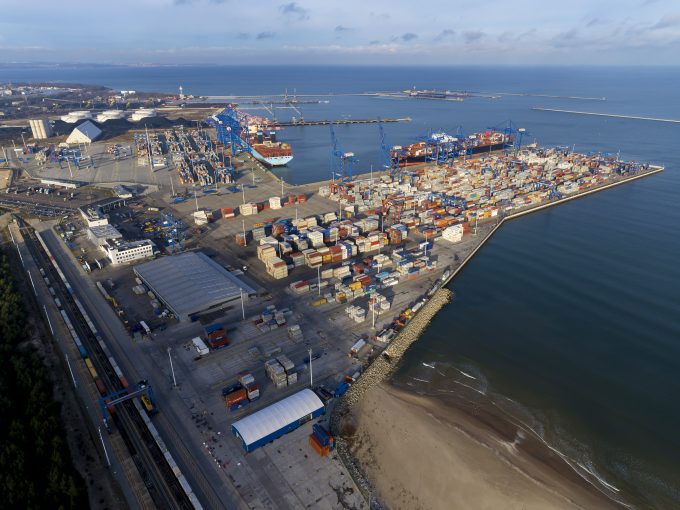News analysis: Gdansk vs Gdynia – Baltic Hub 3 a major offensive in a 15-year battle
This week’s inauguration of the new Baltic Hub 3 terminal at the Polish container hub ...

A strong 2018 means Poland’s Gdansk has the potential to compete with the largest container ports in northern Europe.
Last year, the port handled some 2m teu, capping off a decade in which volumes surged 500% amidst global financial and Eurozone crisis.
Solid Logistics’ Boleslaw Chelkowski told ...

Comment on this article
Dawid Lisowski
February 17, 2021 at 9:25 ambig ambition indeed